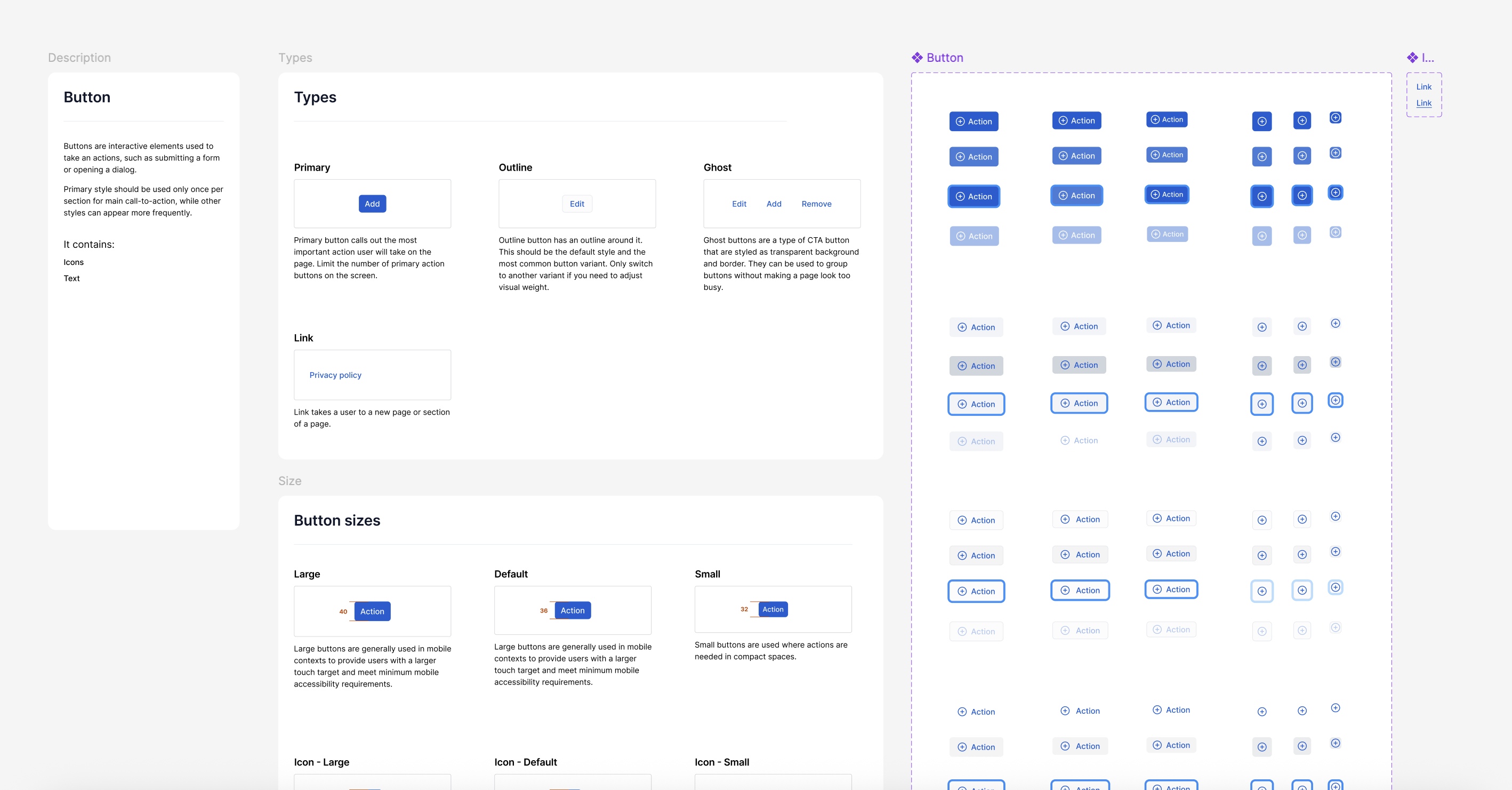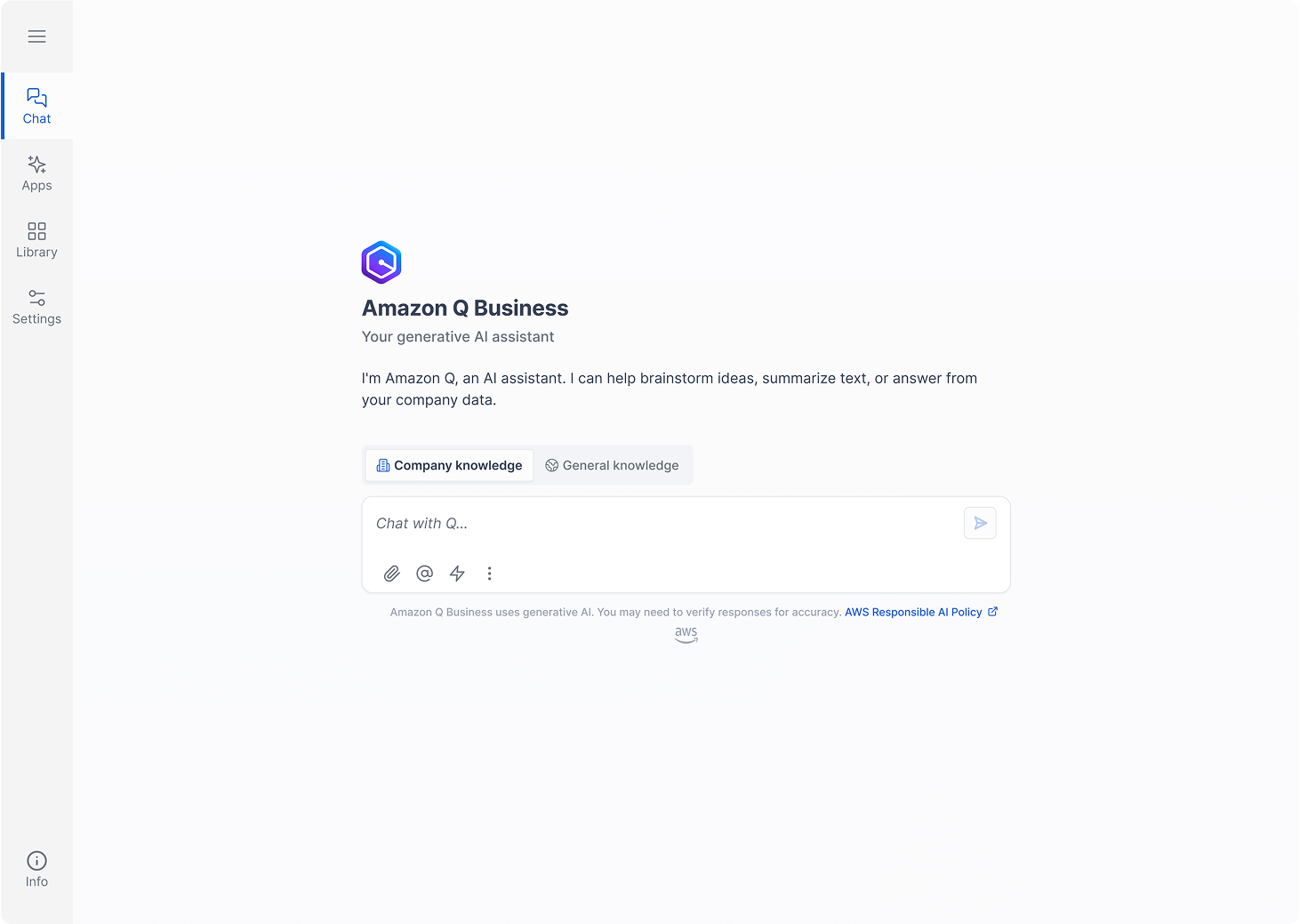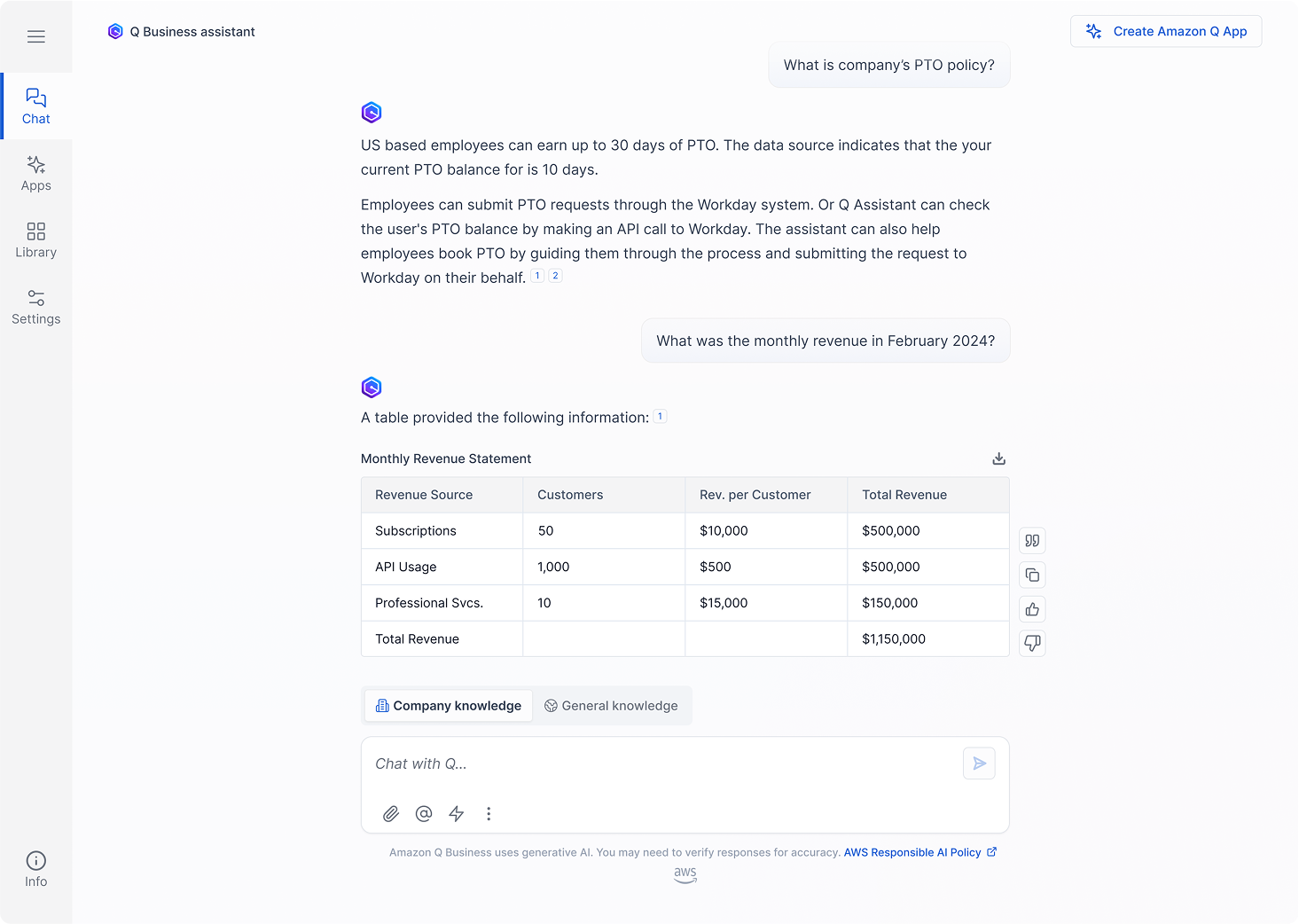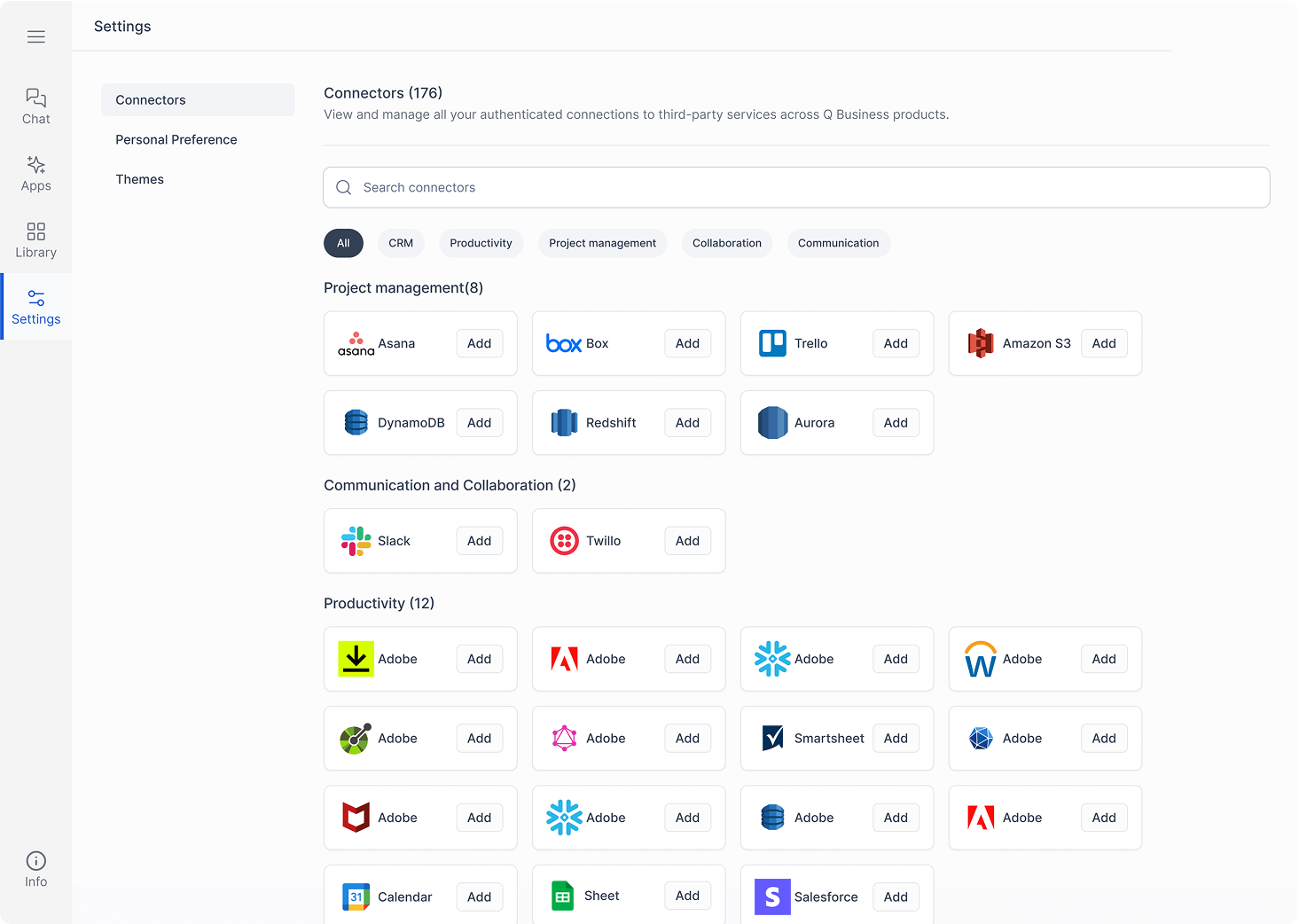Bringing company internal data closer to its employees
Introduction
When I joined Amazon Q for Business in 2024, there wasn't a design system in place. All user interface components were manually coded by the engineering team, with designers providing specifications for each individual feature.
As we rapidly expanded our AI-powered features and continued launching new capabilities with a 10+ designer across different teams into one product surface, it became increasingly difficult to maintain consistency and efficiency in the design and development process.
In an effort to address these scaling issues, I advocated for and led the implementation of a comprehensive design system alongside of 2 frontend engineers.

My Responsibility
To move quickly, I leveraged a third-party unopinionated UI component library as our foundation and defined the complete design token system, including color, shadow, spacing, and typography. I owned the end-to-end design and creation of new components, working iteratively with feature designers to test edge cases and identify when components needed refinement. To drive adoption across the organization, I established weekly design system office hours, collaborated closely with frontend engineers to create comprehensive Storybook documentation, and developed video tutorials to share best practices and accelerate team onboarding.


Outcome
The 20+ component library eliminated redundant work across our 10-person design team and streamlined engineering handoffs. Design reviews became more efficient, and development velocity increased as teams could leverage pre-built components instead of custom-coding each interface element.


